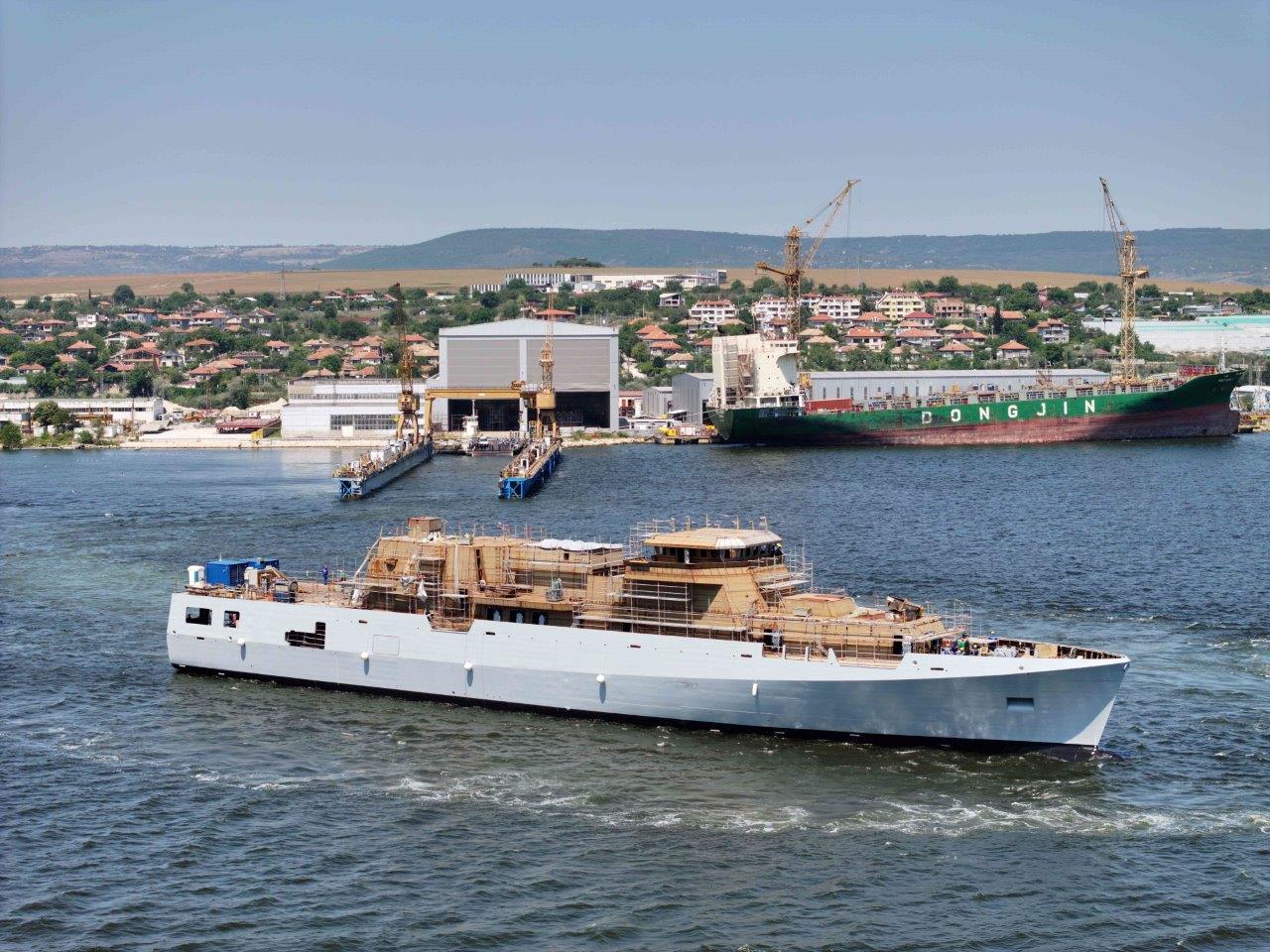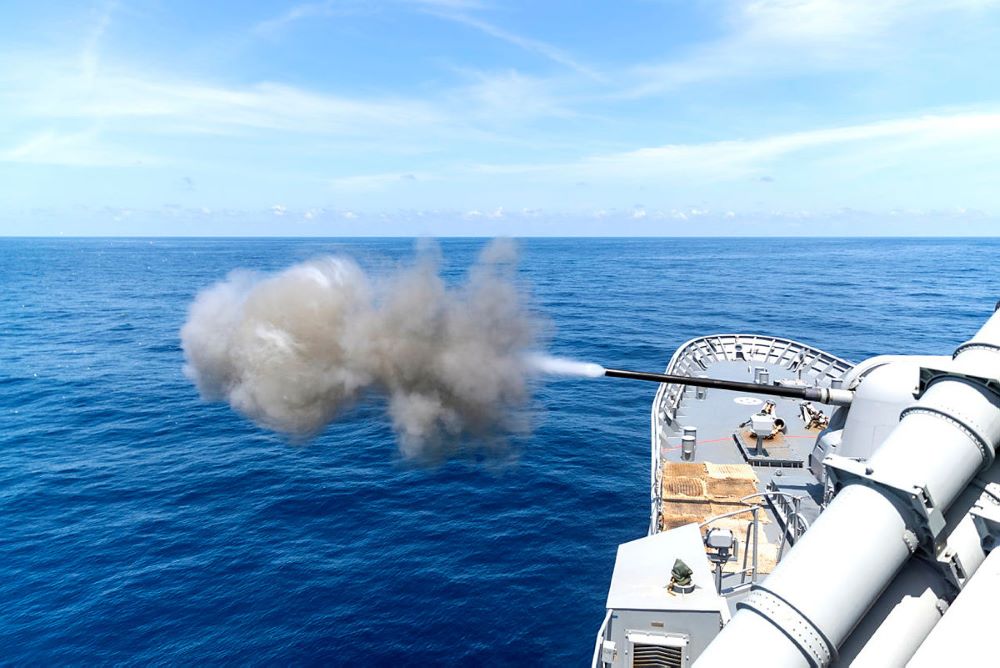One minor alteration - the timeline for NSM is to have ‘ALL’ RAN major surface combatants fitted with it before 2024 concludes.I would anticipate the minimum time to get a new design built and into service is actually a bit more than a three-year best case scenario, with two major stumbling blocks.
The first would be how long between when some of the advanced systems might get ordered and when they would be delivered ready for installation aboard a hull under construction or fitting out? Consider for instance the timeline for SEA 1300, which selected NSM as the AShM replacement for Harpoon in RAN service. This selection was made last year, with the contract signed at the beginning of this year, with first deliveries expect to start some time in 2024. I could be mistaken, but I would imagine that acquiring and integrating a new AShM would be a bit faster and easier than having new sensor modules, work stations and then the combat data system built, tested and integrated. Even if the systems are readily available for export orders, they would still need to be built since I highly doubt that any of the manufacturers have such systems sitting in warehouses awaiting sale.
Related to the above, if any such build was to feature new to Australia kit, time would also need to be allocated to establishing the appropriate maintenance and supply chains to keep the new kit functional. Furthermore, there would also need to be time allotted to training personnel on the new systems and building experience with maintaining and operating them. IMO this would be particularly true if new vessels were fitted with something other than the 9LV CMS that the RAN has adopted was fitted, as how things would display to operators would likely be different from what they are used to, as well as how the operator would interact with a workstation and the CMS to achieve an outcome.
Given that integration has to go across 2 different classes and 2 different combat systems simultaneously in a joint effort between RAN, DSTO, Raytheon, LockMart, SAAB and Kongsberg (off the top of my head, there may well be more involved…) I personally find that pretty darn impressive.





